Ethnicity German Academic advisor Forest Baskett Net worth 4.7 billion USD (2015) | Role Electrical engineer Name Andy Bechtolsheim | |
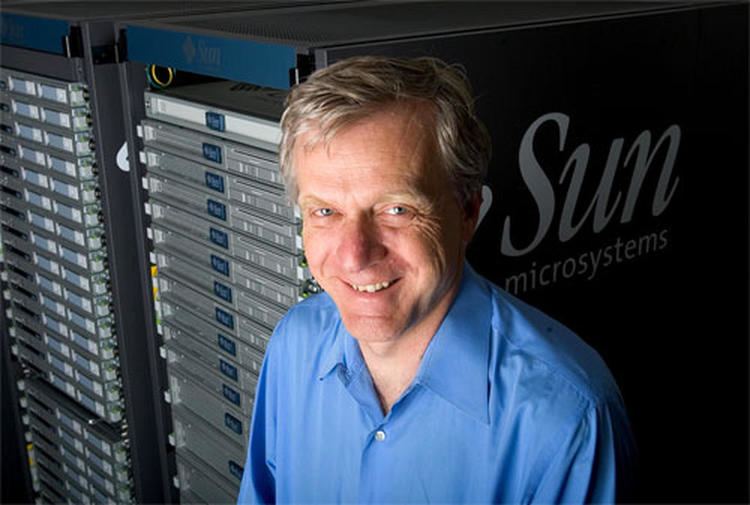 | ||
Known for Co-founder Sun MicrosystemsGoogle investor Similar People | ||
Google collection david cheriton andy bechtolsheim
Andreas Maria Maximilian Freiherr von Mauchenheim genannt Bechtolsheim (born 30 September 1955), known as Andy Bechtolsheim, is a German electrical engineer, entrepreneur, investor, and self-made billionaire. He co-founded Sun Microsystems in 1982 and was its chief hardware designer. He later became an investor, most notable for providing Sergey Brin and Larry Page with their first round of funding, a $100,000 investment in 1998 before the two had even incorporated their company, Google.
Contents
- Google collection david cheriton andy bechtolsheim
- Oral history of andy bechtolsheim
- Early life
- Career
- Founding Sun
- Other companies
- Investments
- Awards
- Personal life
- References
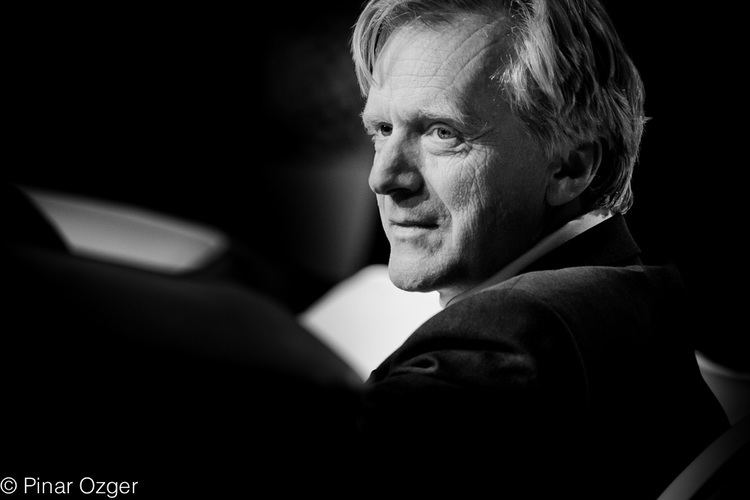
Oral history of andy bechtolsheim
Early life
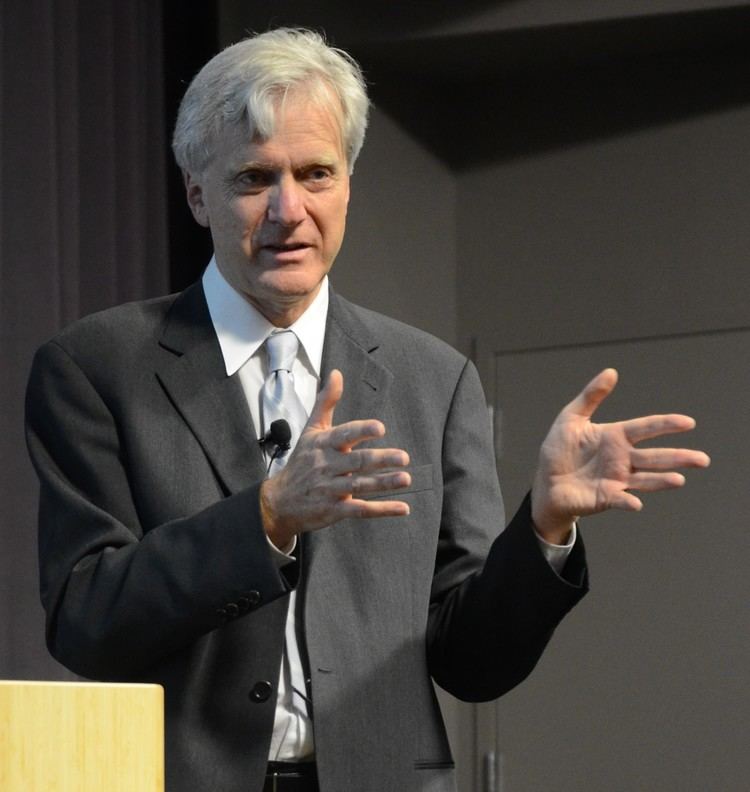
Bechtolsheim was born near Ammersee, Bavaria. He grew up on a farm in Fleinhausen, the second of four children. Since the isolated house had no television and distant neighbors, he experimented with electronics as a child. In 1963 his family moved to Rome, and then in 1968 to Nonnenhorn on Lake Constance in Germany. When he was only 16, he designed an industrial controller based on the Intel 8008 for a nearby company. Royalties from the product supported much of his education.
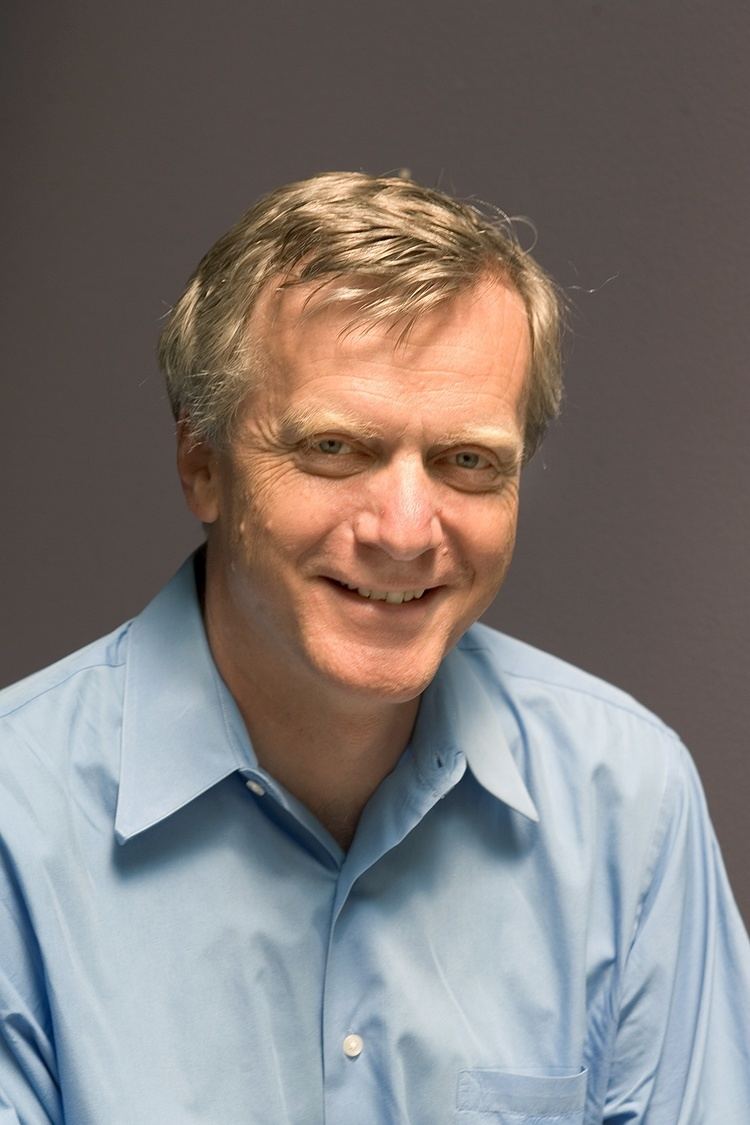
As an engineering student at Technical University of Munich Bechtolsheim entered the Jugend forscht contest for young researchers, and after entering for three years, won the physics prize in 1974. He received a Fulbright Award and moved to the US in 1975 to attend Carnegie Mellon University, where he received his master's degree in computer engineering in 1976. In 1977, he moved to Silicon Valley to work for Intel, but quit when they transferred him to Oregon the first week. He took a summer job at Stanford University and became a Ph.D. student in electrical engineering.
Career
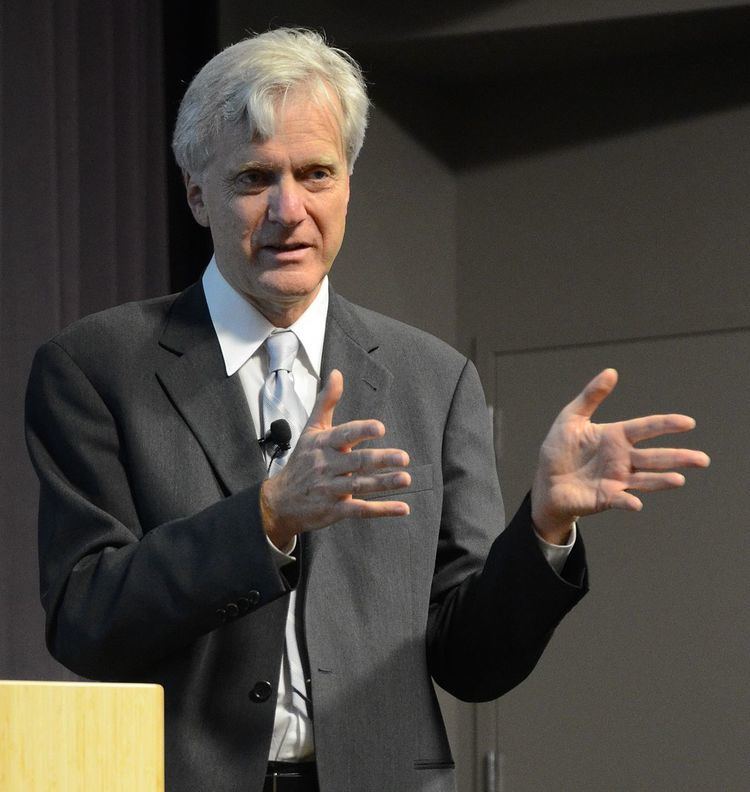
At Stanford, Bechtolsheim designed a powerful computer (called a workstation) with built-in networking called the SUN workstation, a name derived from the initials for the Stanford University Network. It was inspired by the Xerox Alto computer developed at the Xerox Palo Alto Research Center. Bechtolsheim was a "no fee consultant" at Xerox, meaning he was not remunerated directly but had free access to the research being done there. At the time, Lynn Conway was using workstations to design very-large-scale integration (VLSI) circuits.
Bechtolsheim's advisor was Forest Baskett and in 1980 Vaughan Pratt also provided leadership to the SUN project. Support was provided by the Computer Science Department and DARPA. The modular computer was used for research projects such as developing the V-System, and for early Internet routers. Bechtolsheim tried to interest other companies in manufacturing the workstations, but only got lukewarm responses.
Founding Sun
One of the companies building computers for VLSI design was Daisy Systems, where Vinod Khosla worked at the time. Khosla had graduated a couple years earlier from the Stanford Graduate School of Business with Scott McNealy, who managed manufacturing at Onyx Systems. The three wrote a short business plan and quickly received funding from venture capitalists in 1982.
Bechtolsheim left Stanford to found the company, Sun Microsystems, as employee number one. Bill Joy, who was part of the team developing the BSD series of Unix operating systems, was the fourth member of the founding team. For a while Bechtolsheim and Joy shared an apartment in Palo Alto, California.
The first product, the Sun-1, included the Stanford CPU board design with improved memory expansion, and a sheet-metal case. By the end of the year, the experimental Ethernet interface designed by Bechtolsheim was replaced by a commercial board from 3Com.
Sun Microsystems had its Initial Public Offering in 1986 and reached $1 billion in sales by 1988. Bechtolsheim formed a project code-named UniSun around this time in order to design a small, inexpensive desktop computer for the educational market. The result was the SPARCstation 1 (known as "campus"), the start of another line of Sun products.
Other companies
In 1995, Bechtolsheim left Sun to found Granite Systems, a Gigabit Ethernet startup focused on developing high-speed network switches. In 1996, Cisco Systems acquired the firm for $220 million, with Bechtolsheim owning 60%. He became Vice President and general manager of Cisco's Gigabit Systems Business Unit, until leaving the company in December 2003 to head Kealia, Inc.
Bechtolsheim founded Kealia in early 2001 with Stanford Professor David Cheriton, a partner in Granite Systems, to work on advanced server technologies using the Opteron processor from Advanced Micro Devices. In February 2004, Sun Microsystems announced it was acquiring Kealia in a stock swap. Due to the acquisition, Bechtolsheim returned to Sun again as senior vice president and chief architect. Kealia hardware technology was used in the Sun Fire X4500 storage product.
Along with Cheriton, in 2005 Bechtolsheim launched another high-speed networking company, Arastra. Arastra later changed its name to Arista Networks. Bechtolsheim left Sun Microsystems to become the Chairman and Chief Development Officer of Arista in October, 2008, but stated he still was associated with Sun in an advisory role.
Bechtolsheim is a founding member of Carnegie Mellon Silicon Valley CMU's West Coast campus in Mountain View, California.
Investments
Bechtolsheim co-founded HighBAR Ventures, an early-stage venture capital investment firm, along with two Sun colleagues: Bill Joy and Roy Sardiña. HighBAR's investments include Brocade, Tasmania Network Systems, Brightmail, and Regroup.
Bechtolsheim and Cheriton were two of the first investors in Google, investing US$100,000 each in September 1998. Bechtolsheim wrote the check to "Google Inc" prior to the company even being founded. The story that says Bechtolsheim coined the name "Google" is untrue. However, he did motivate the founders to officially organize the company under that name. When he gave the check to Larry Page and Sergey Brin, Google's founders, they had not actually yet even been legally incorporated.
As a result of investments like these, Bechtolsheim was seen as one of the most successful "angel investors", particularly in areas such as electronic design automation (EDA), which refers to the software used by people designing computer chips. He has made a number of successful investments in EDA. In one such EDA company, Magma Design Automation, his stake was valued around $60 million.
Bechtolsheim invested in Tapulous, the maker of music games for the Apple iPhone. Tapulous was acquired by the Walt Disney Company in 2010. He joined George T. Haber, a former colleague at Sun, to invest in wireless chip company CrestaTech in 2006 and 2008.
Bechtolsheim invested in all of Haber's previous startups: CompCore purchased by Zoran, GigaPixel purchased by 3Dfx and Mobilygen purchased by Maxim Integrated Products in 2008, as well as Moovweb, a cloud-based interface for mobile and computer websites in 2009.
He was reportedly an early investor in Claria Corporation, which ceased operating in 2008.
In 2012, Bechtolsheim invested in a Stanford incubated semantic web startup Diffbot. That same year, he was voted by IT Pros in 2012 as the person who contributed most to server innovation in the last 20 years. Two prominent Open Compute innovation leaders will receive awards at Open Server/Open Storage Summit 2013.
From 2015-17, Bechtolsheim was an investor in the Seed, Series A, and Series B rounds of PerimeterX, an automated attack mitigation SaaS awarded by Gartner as one of it's 2017 Cool Vendors.
Awards
Bechtolsheim received a Smithsonian Leadership Award for Innovation in 1999, a Stanford Entrepreneur Company of the year award, and is a member of the National Academy of Engineering. Bechtolsheim gave the opening keynote speech at the International Supercomputing Conference in 2009.
Personal life
Never married, Bechtolsheim has not taken out United States citizenship. "I continue to be a German citizen, so I am not an American national. My legal name is the same it always was. The problem with the von is that in America they combine the von title with the last name and my last name is really so long that it actually didn't fit in most computers anymore. So my middle initial is now v. for von and the last name is of course as it always was. That's the peculiarity of the American way of looking at German names."
